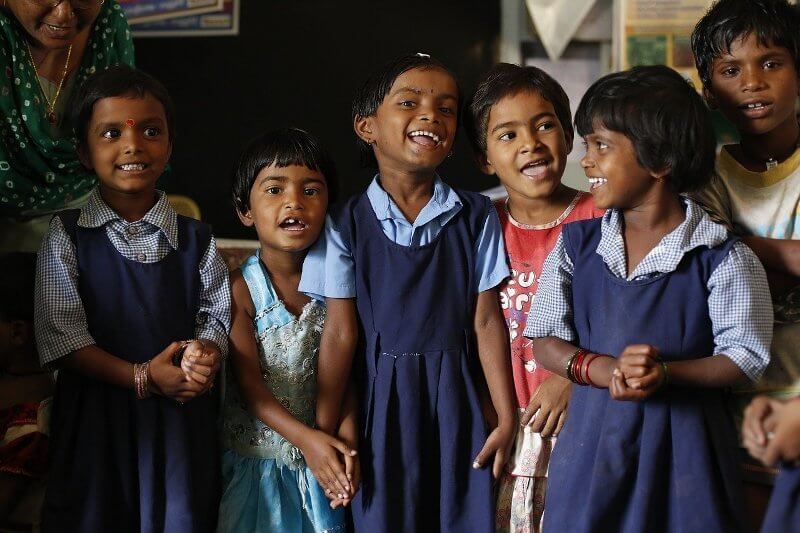

Students’ high school course-taking patterns provide a slightly more positive progress picture. These gaps persisted even though the score differentials between black and white students narrowed between 19 in 4th grade math and reading and 8th grade math (NCES, 2009, 2011). For example, special analyses by the National Center for Education Statistics in 20 showed that black and Hispanic students trailed their white peers by an average of more than 20 test-score points on the NAEP math and reading assessments at 4th and 8th grades, a difference of about two grade levels. While National Assessment of Educational Progress (NAEP) results show that, over time, black and Hispanic students have made great strides in improving performance in reading and mathematics, a breach still separated them from their white peers. The attention led to more targeted interventions for different groups of students, but had not closed most achievement gaps to an appreciable degree a decade of the law passed. This created both to greater awareness of racial disparities and to rising concern about other kinds of achievement gaps. With the passage of the No Child Left Behind Act of 2001, closing achievement gaps among these various student groups became a focus of federal education accountability, and schools and districts were required to disaggregate student test scores and other performance data by student characteristics to enable better comparisons between groups. In the past decade, though, scholars and policymakers have begun to focus increasing attention on other achievement gaps, such as those based on sex, English-language proficiency and learning disabilities.

It is most often used to describe the troubling performance gaps between African-American and Hispanic students, at the lower end of the performance scale, and their non-Hispanic white peers, and the similar academic disparity between students from low-income families and those who are better off. The achievement gap shows up in grades, standardized-test scores, course selection, dropout rates, and college-completion rates, among other success measures. The “achievement gap” in education refers to the disparity in academic performance between groups of students.


 0 kommentar(er)
0 kommentar(er)
